[ad_1]
Soil enchancment is commonly an afterthought; we consider boosting soils when we’ve got a lot of accessible mulch. This occurs throughout autumn in temperate climates as fall leaves, grass clippings, and useless wooden change into extensively accessible. It additionally happens all year long in tropical climates the place evergreen species dump leaves year-round.
Other than including natural matter to your backyard, there are different simple methods to enhance soil efficiency. We’ll undo previous gardener’s errors, assist nature heal itself, and take away pesky weeds. Collectively, these duties make a complete technique for creating lush crops and fertile, wealthy soil.
Whether or not you reside in Florida, Kansas, or Washington, these methods support gardeners seeking to promote soil fertility, biodiversity, and wholesome plant species. Observe alongside to see which of those 9 methods will work greatest for you and your backyard setup.
Espoma Bio-tone Starter Plus Natural Plant Meals (4 lbs.)
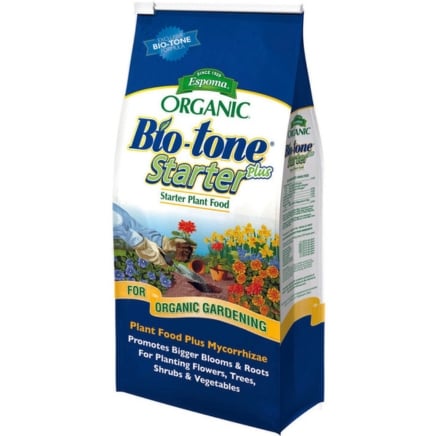

- Grows bigger root mass to assist crops set up quick
- Reduces transplant loss
- Promotes greater blooms
- Microbe enhanced all pure natural fertilizer with no sludges or fillers
Plant Cowl Crops
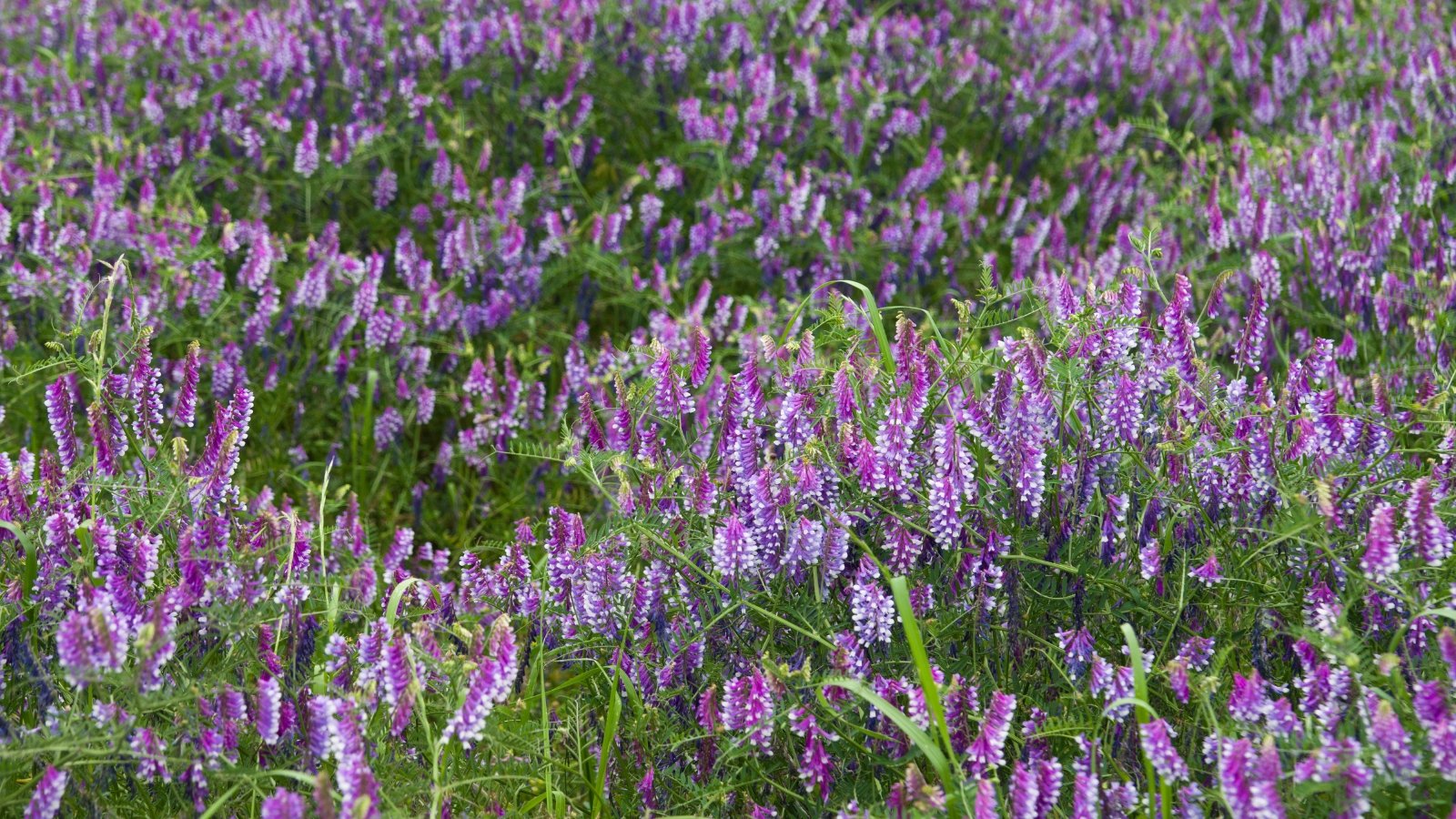

Cowl crops heal the earth, so that you don’t must! Some develop throughout intense summer time warmth or excessive winter chilly, masking the soil and letting helpful microbes thrive. Vegetation like oats, rye, and fava beans develop roots that maintain onto the grime, insulating the world so it’s heat for worms and bugs. Use them as a substitute of mulch, and dig them into the soil simply as they flower to launch available plant vitamins.
Leguminous cowl crops repair nitrogen of their roots, reworking the molecule right into a type that crops can digest. They’ve knobby root constructions known as nodes that host micro organism. The micro organism give the crops nitrogen in trade for sugars, thus forming a symbiotic relationship.
Some soils have already got nitrogen-fixing micro organism current, however others lack them. You may innoculate leguminous cowl crop seeds with store-bought nitrogen-fixing micro organism to make sure they thrive in your backyard’s grime.
Right here’s an inventory of helpful crops that blanket the soil nicely in house gardens:
Use warm-loving cowl crops throughout summer time and plant cold-tolerant ones in autumn and winter. Dig them into the soil or cowl them with mulch earlier than they sprout seeds, as most of the species readily reseed. You don’t must until them! Merely bend their stalks, rake them into the soil, and add compost or leaves in a thick layer above them.
Loosen Clay Filth
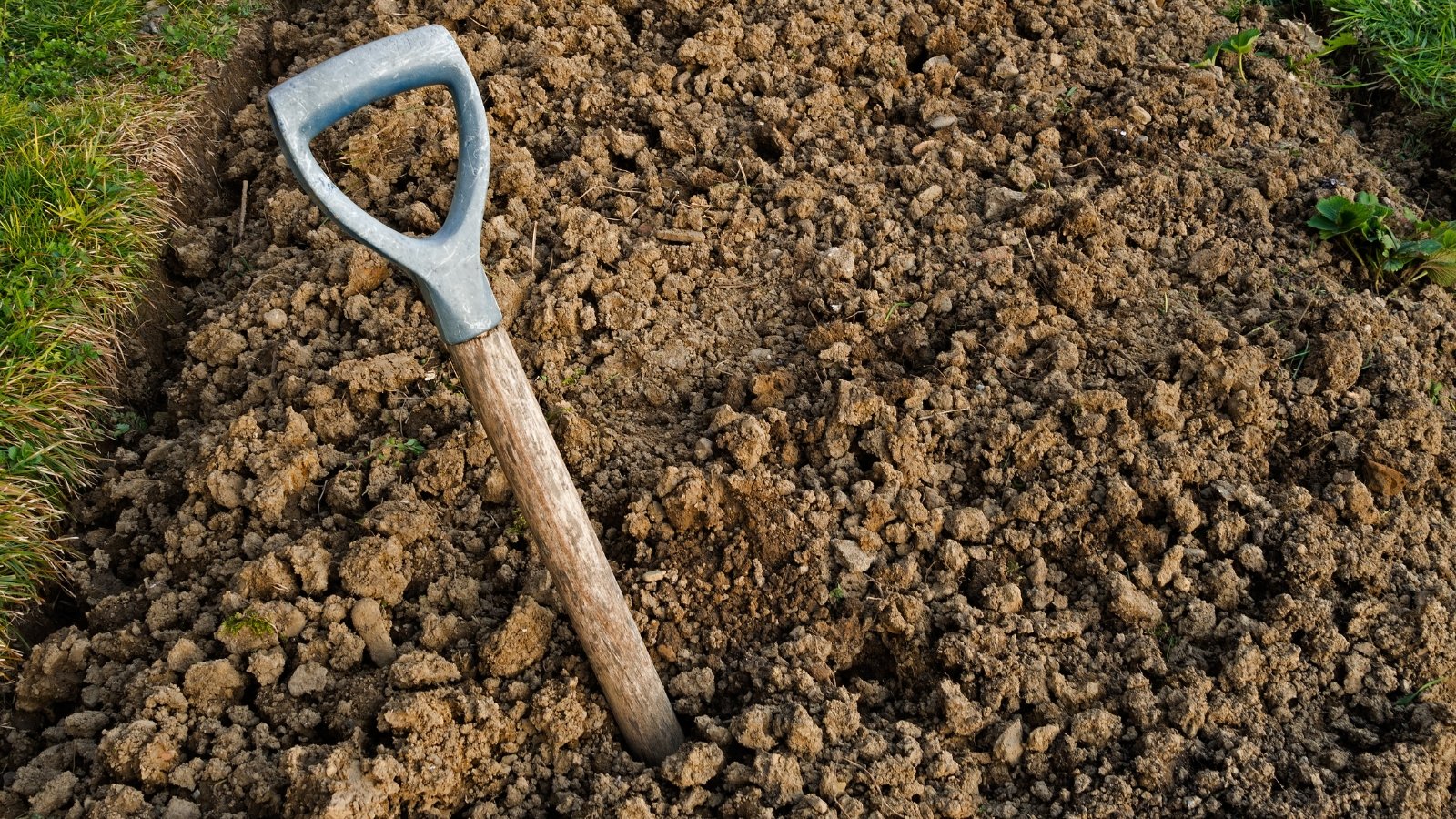

Clay soils are thick and poorly draining, making them unsuitable for hundreds of crops. Some species favor clay, like swamp or lavatory dwellers, though most will want fertile, well-draining, and porous earth. Loosen the clay, and timber, shrubs, and perennials will loosen it as they sprout roots deep under floor.
Including natural matter, incorporating cowl crops, and layering mulches let clay soils break up. Natural matter consists of issues like leaves, kitchen scraps, and plant clippings. They inject construction, vitamins, and helpful microbes into the grime that assist break the clay up additional. Cowl crops develop roots that crumble massive particles, and thick layers of mulch shield soil critters that flip clay into helpful humus.
Soil aerators are one other glorious choice for disrupting clay particles. It’s possible you’ll use instruments for garden aeration or attempt stabbing a pitchfork into the earth the place clay is current. New gardeners inheriting outdated gardens ought to attempt the French Intensive methodology—you’ll dig deep, add natural matter, and place the grime again on prime. Do that as soon as within the floor or raised beds, and it’ll have lasting results for many years.
Amending clay takes a while, and also you possible received’t see enhancements for a 12 months or longer. Plant clay-loving species into the backyard within the meantime—they’ll break up clay as they entice helpful microbes and use their roots to separate massive grime chunks. Use clay-tolerant wildflowers like black-eyed Susans or greens like lettuce and cole crops.
Thicken Sandy Soils
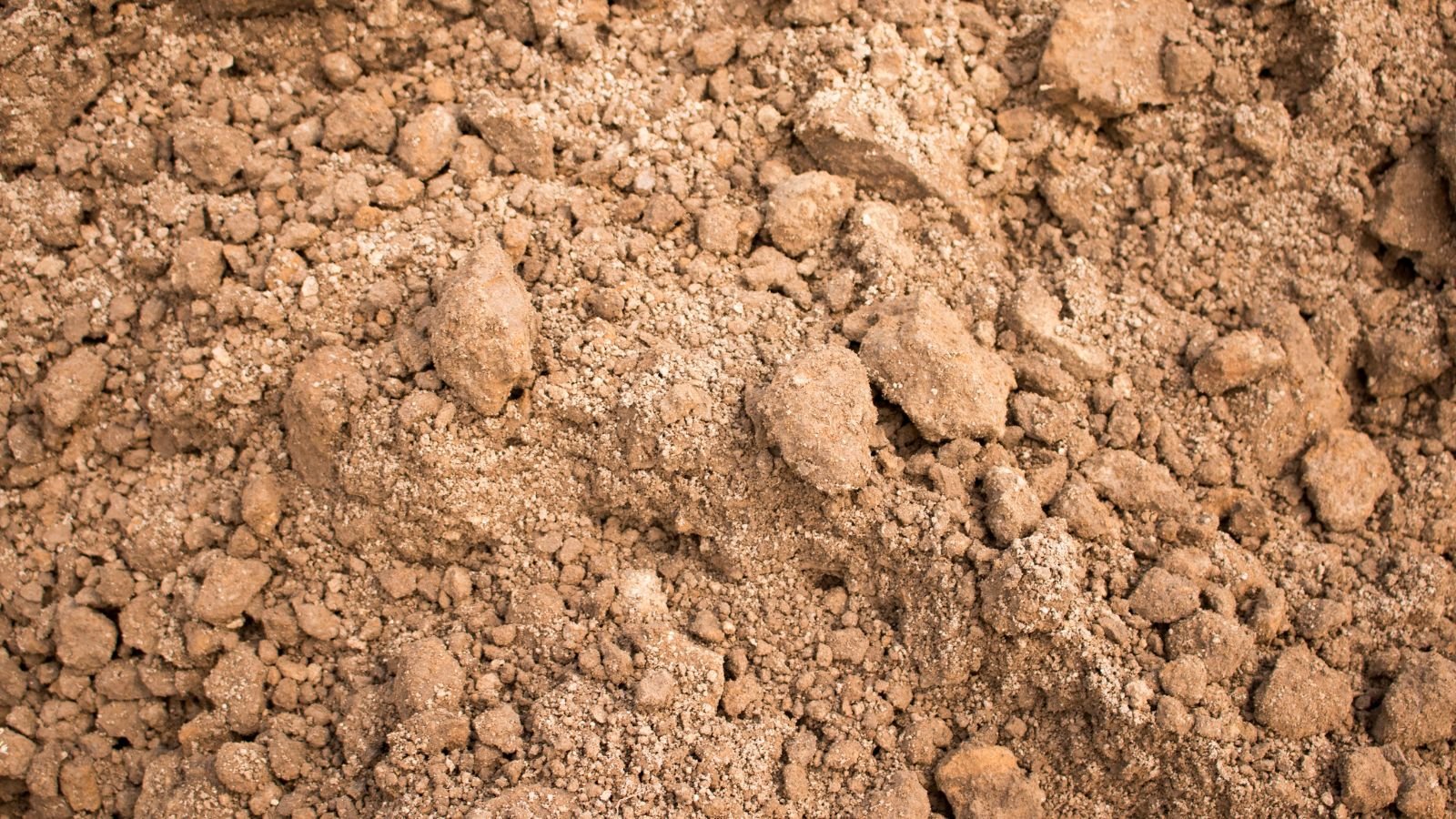

Sandy soils, like clay ones, aren’t optimum for many plant species. They’re extremely free-draining, dry, and too unfastened for a lot of crops to get a very good footing. What’s fascinating is the methods you amend clay soils are just like the methods for thickening sandy ones—natural matter, mulch, and canopy crops are the three major options.
Combine natural matter into sandy soils; supplies like compost or leaf mould are significantly helpful. They inoculate the bottom with fertility, soil microbes, and bigger creatures like worms. In addition they create air pockets underground so crops’ roots breathe simply. Combine it in throughout fall or early spring to assist crops develop nicely for the subsequent summer time.
After amending the sand, add cowl crops or thick layers of mulch on prime. Both of those supplies insulates and protects the bottom in order that soil microbes and creatures can do their work with out disruptions. Dig in cowl crops whereas they’re flowering, and let mulch decay so long as it takes.
Keep away from Repetitive Tilling
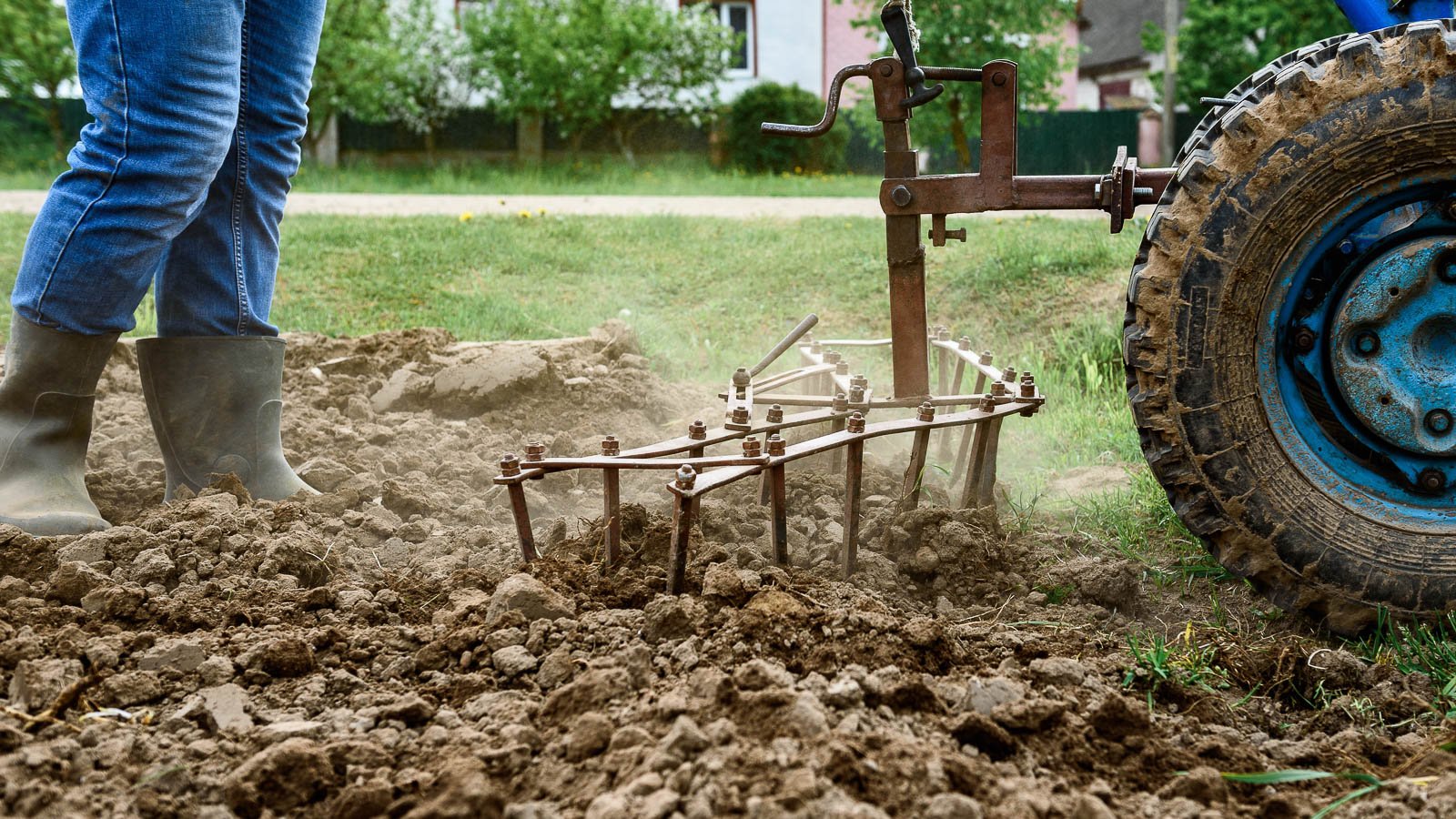

The important thing to wholesome soil is insulation and safety! Disruption destroys worm pathways, fungal mycelia networks, and delicate plant roots. Tilling is the principle offender—it makes use of massive, metallic blades to cut up massive grime particles. Though it creates unfastened, crumbly soil this season, the destruction it causes has long-lasting results.
Tilled soil loses the intricate community of microbes and creatures that makes it resilient and robust. It takes years for worms, fungi, and micro organism to maneuver again into the bottom once more. There’s a present motion to shift our agricultural programs from tilling to no-till for these causes. Untouched grounds enable greens to develop with minimal pesticides, herbicides, and chemical fertilizers. The soil community retains them robust!
As a substitute of killing worms and soil creatures, apply no-till gardening as a substitute! You’ll see outcomes subsequent rising season as you employ fewer chemical compounds whereas the crops shield themselves with minimal outdoors support.
Take away Artificial Supplies


Artificial supplies impede the move of vitamins, water, and air underground. They create limitations that roots battle to root into, and so they disrupt the pure decay of natural supplies that happens often in wholesome grime. Supplies like panorama material, black plastic, and weed covers persist within the atmosphere longer than we intend them to!
I not too long ago dug up over ten sq. ft of landscaping plastic from my yard. Landscapers used to use it to kill weeds—they’d put plastic on prime of the weeds, then place thick layers of mulch on the plastic. It appears fairly for a 12 months, however finally, weed seeds fall into the mulch and sprout! Not solely is panorama material ineffective in the long term, but it surely additionally causes extra hurt than good when it stays outdoor for greater than a 12 months.
Though it could take a complete day or weekend to take away panorama plastic or material, the hassle is nicely well worth the reward. Vegetation will put down deeper roots and develop extra resilient to shifting climate, pests, and ailments. Water will move because it ought to as a substitute of pooling atop the material.
Natural landscaping supplies like untreated burlap and cotton material profit your backyard! Concern not when utilizing natural landscaping supplies, as they naturally decay at a mean fee. The one supplies to observe for encompass plastic or artificial fibers.
Go away the Leaves
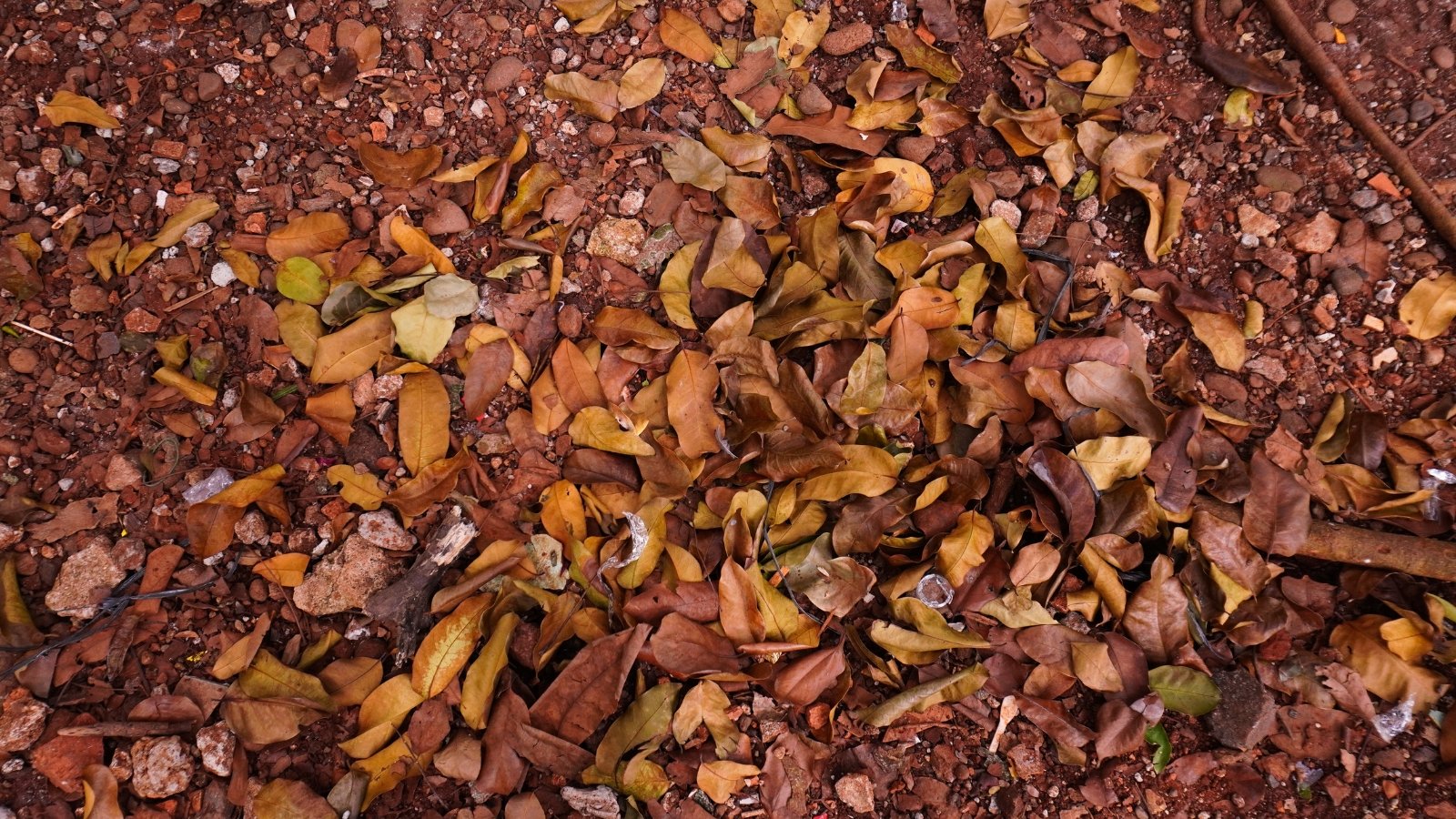

Fall leaves are the most cost effective materials for enhancing soils—they’re just about free! They seem abundantly in autumn as timber and shrubs lose them earlier than winter. In nature, these leaves type thick mulch mats on forest flooring that shield bugs, hold microbes thriving, and insulate delicate roots. Whenever you depart the leaves in your yard you mimic the forest’s strategies and create a cohesive ecosystem.
Leaves are wealthy in carbon, a nutrient that every one crops use. It’s what timber and shrubs use to make wooden that stands the check of time. Whenever you add leaves to your backyard, you inject the house with carbon that different species can use. You’ll recycle these leafy vitamins so that they keep accessible, relatively than sending them to stay ceaselessly in a landfill.
In case your neighbors have leaves and need to eliminate them, ask should you can take them as a substitute! Fall leaves make nutritious compost, leaf mould, and mulch. They’re important for enhancing soils with out breaking the financial institution, and there are many alternative methods to show fall leaves into backyard gold.
Add Compost or Natural Mulch


Probably the greatest soil amendments is compost! It’s made from outdated particles that decays into crumbly, black, and fertile humus. Humus is the finish product of decay and a vital part of wholesome gardens. Introduce compost often to maintain humus ranges excessive, or use the same natural mulch that breaks down into humus.
Another ultimate choices are straw, leaf mould, fall leaves, wooden chips, or natural mulch mixes from a backyard middle or plant nursery. Add these amendments on the bottom in a layer one to a few inches thick. It’ll insulate the world and constantly provide vitamins like carbon and nitrogen.
Would you wish to make compost? It’s simple sufficient with the best supplies. You’ll want browns and greens—browns are carbon-rich waste merchandise like dry leaves, paper, and straw. Greens are fleshy materials with a lot of nitrogen; suppose kitchen waste, grass clippings, and plant scraps.
Mix these two in a pile utilizing a ratio of 1:2 or 1:3 elements greens to browns. Flip the pile often, and hold it moist however not soggy. You’ll have prepared compost in a month or longer! Study extra about creating selfmade compost with this easy-to-follow information.
Pull Weeds
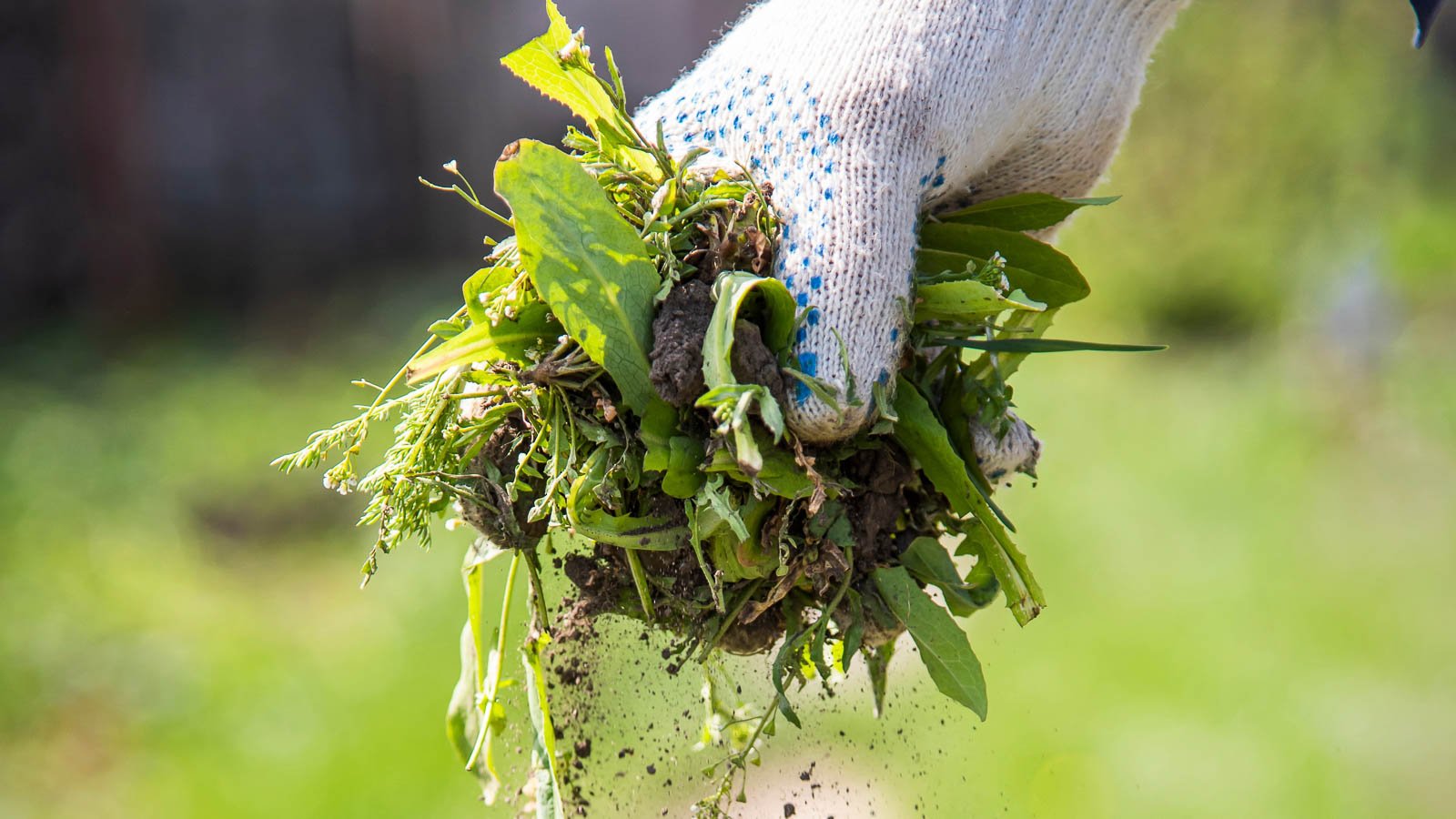

Enhance soils simply and immediately by eradicating invasive non-native weeds! Not all weeds are unhealthy. Native weedy species developed to develop in our native environments, and so they assist relatively than hinder soil enchancment. Non-native weeds are monsters! They lack the pressures that hold them in verify of their native vary, so that they exponentially develop uncontrolled.
Pull weeds earlier than they sprout seeds to restrict their unfold. Some, like Himalayan blackberries, will unfold rampantly as soon as they develop to a sure peak. Take away them once they’re younger, and also you forestall infestations from occurring. Others, like dandelions, are much less dangerous and barely creep into pure areas. You get to decide on which of them to maintain and which to banish ceaselessly!
After pulling weeds, you permit naked soil the place you’ll be able to put perennials, greens, or woody shrubs and timber. Repeatedly including new non-weedy crops boosts your backyard’s biodiversity, and their roots anchor onto wholesome soils to maintain them secure and safe.
Fertilize Nutrient-Poor Gardens
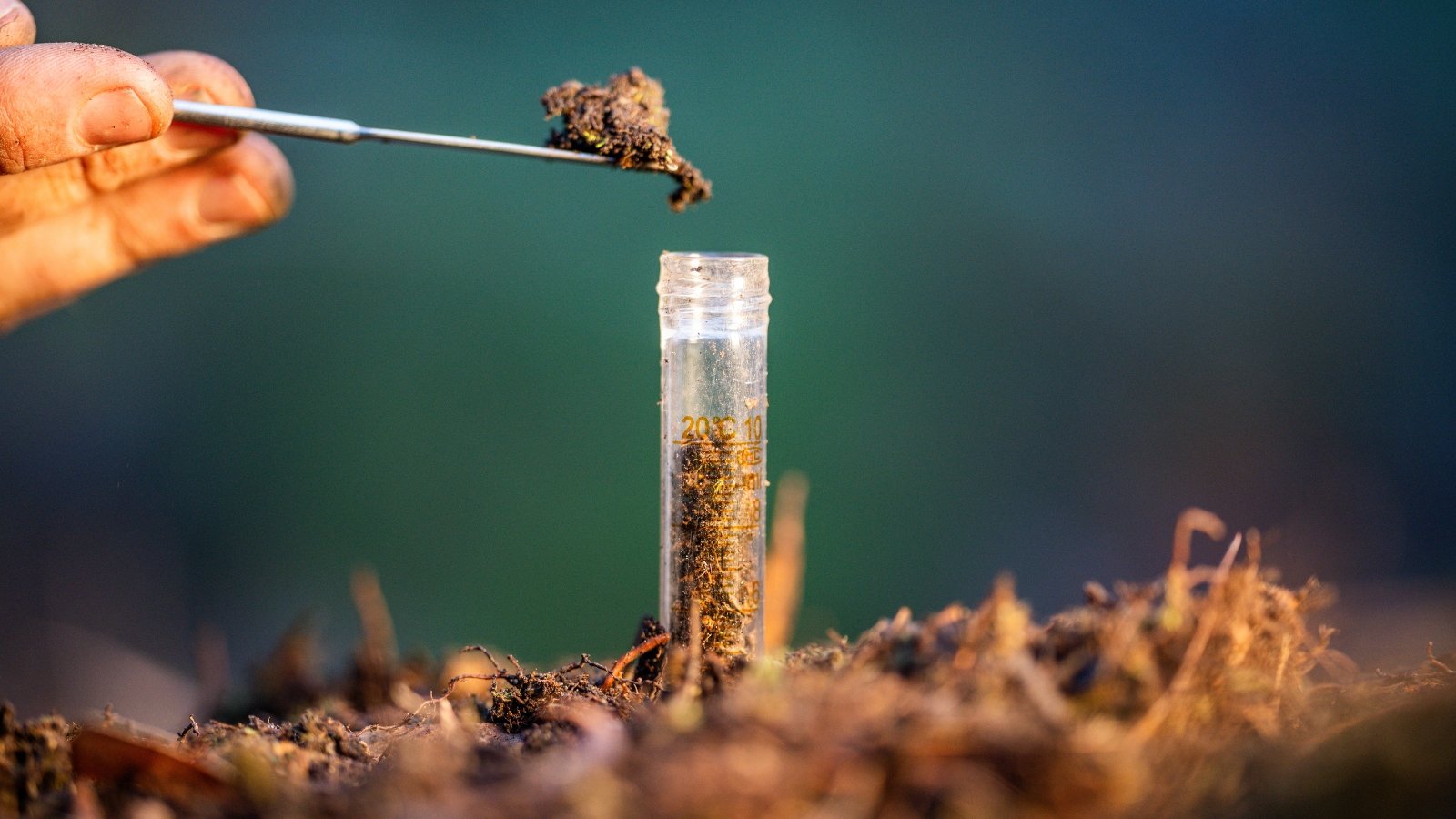

Some gardens require fertilizing to spice up their dietary content material. In the event you inherit an outdated yard or are reusing outdated potting soil, you’ll need to add some natural fertilizer earlier than placing crops down. One of the best ways to know what vitamins your backyard wants is to finish a soil testing equipment. These reveal natural matter content material, nutrient values, and soil pH.
You might also use weeds as a determinant of the nutrient deficiencies in your backyard. Some species develop in unique circumstances the place these ranges are excessive or low. Burdock exhibits excessive potassium and low calcium, whereas wooden sorrels point out low calcium and excessive magnesium. These are two examples, however dozens of weedy species are good indicators of excesses and deficiencies.
In the event you often apply compost or natural mulch you most likely received’t have to fertilize the backyard. Some crops that profit from common functions are greens, annual flowers, and heavy-feeding perennials. Use an natural fertilizer with mycorrhizae or helpful micro organism in it for one of the best outcomes.
[ad_2]
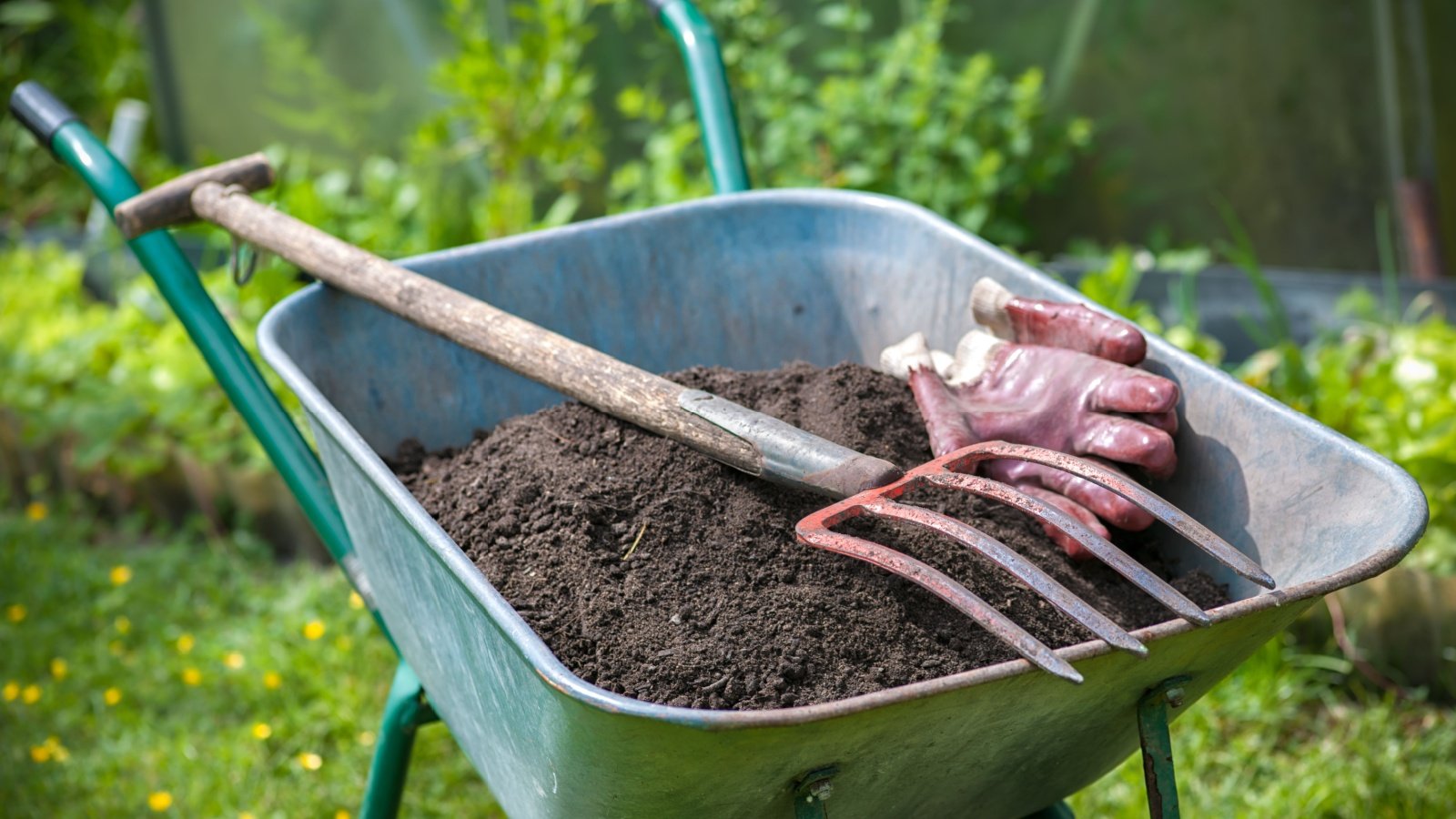

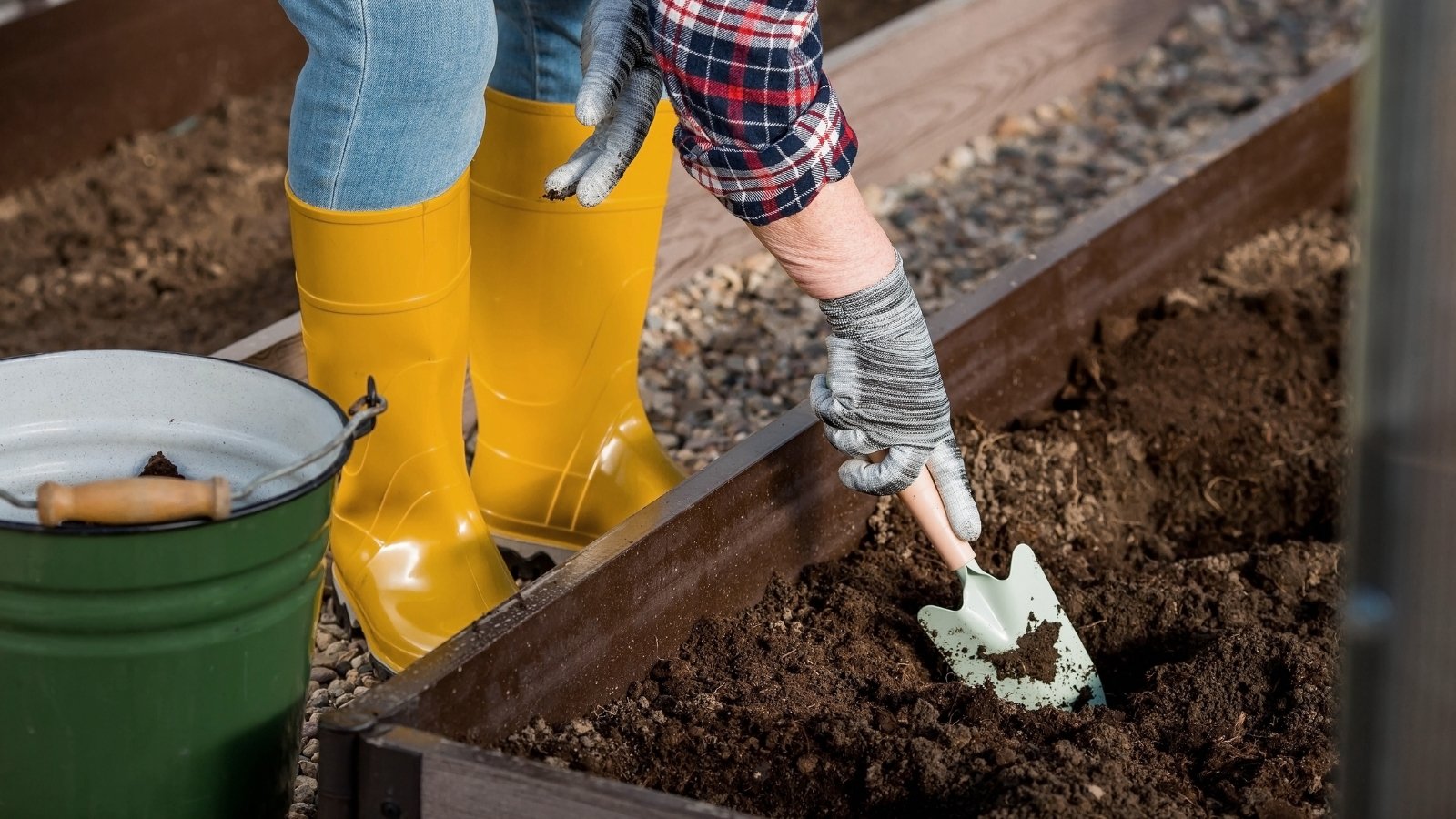

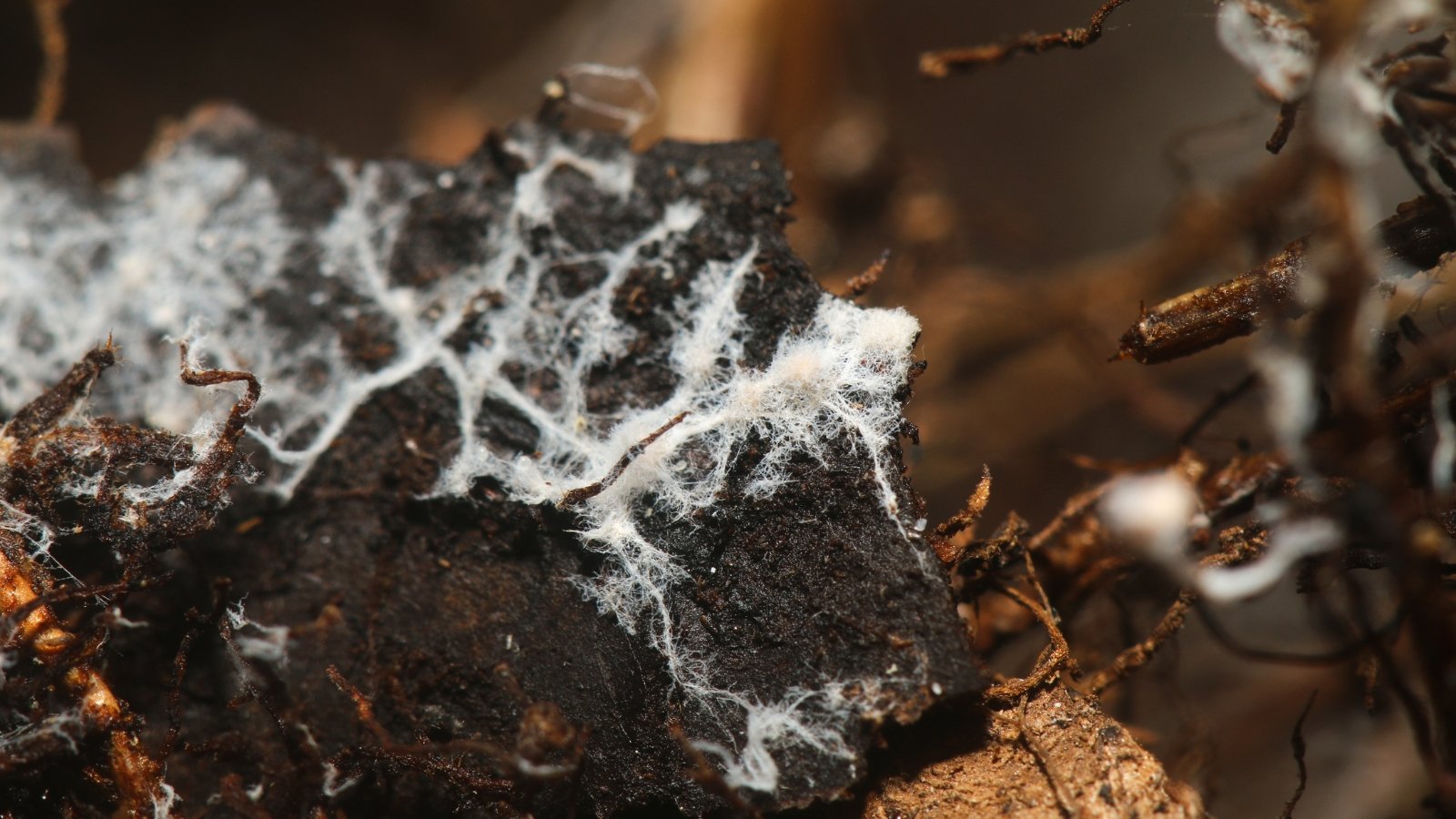
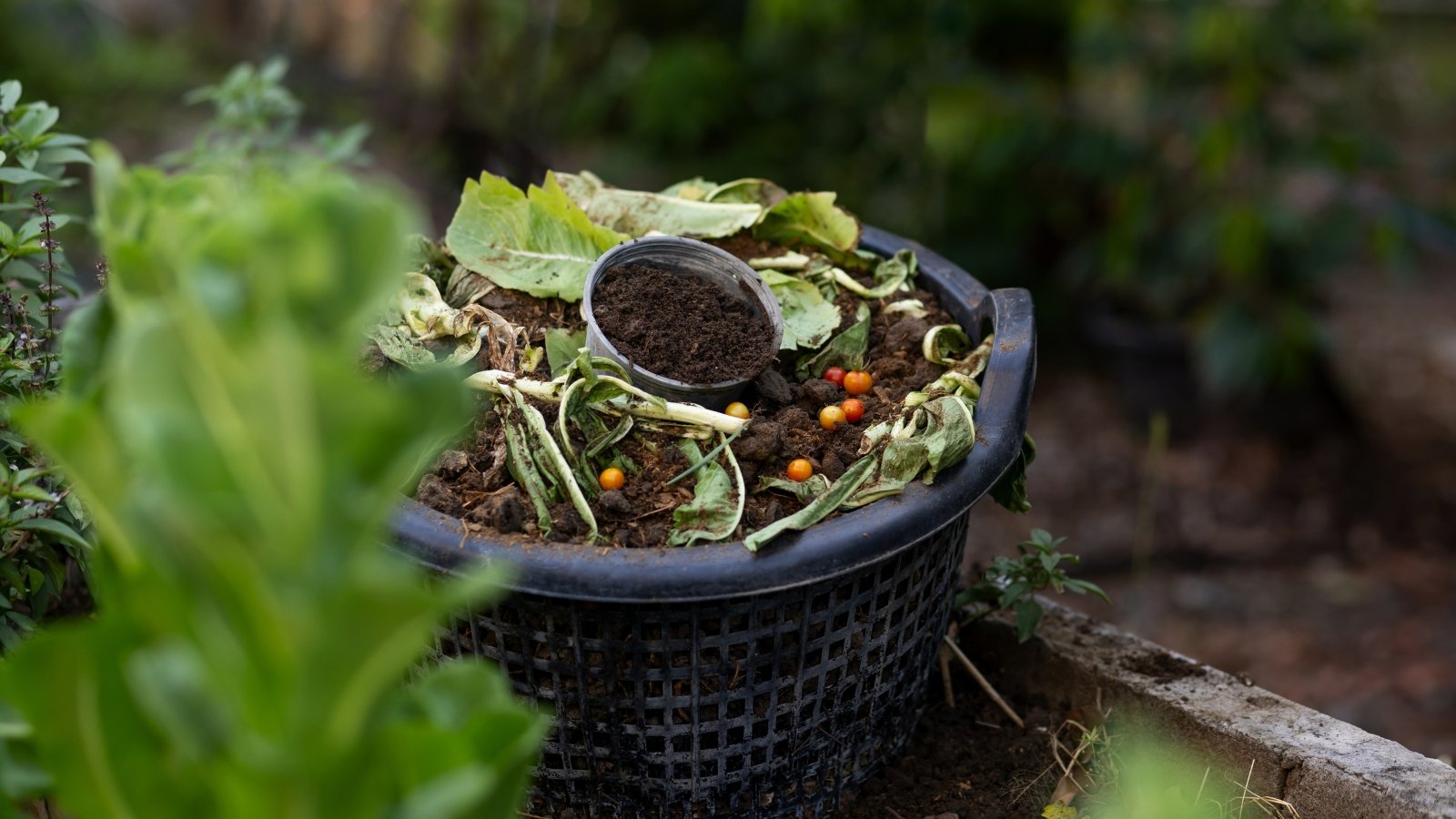
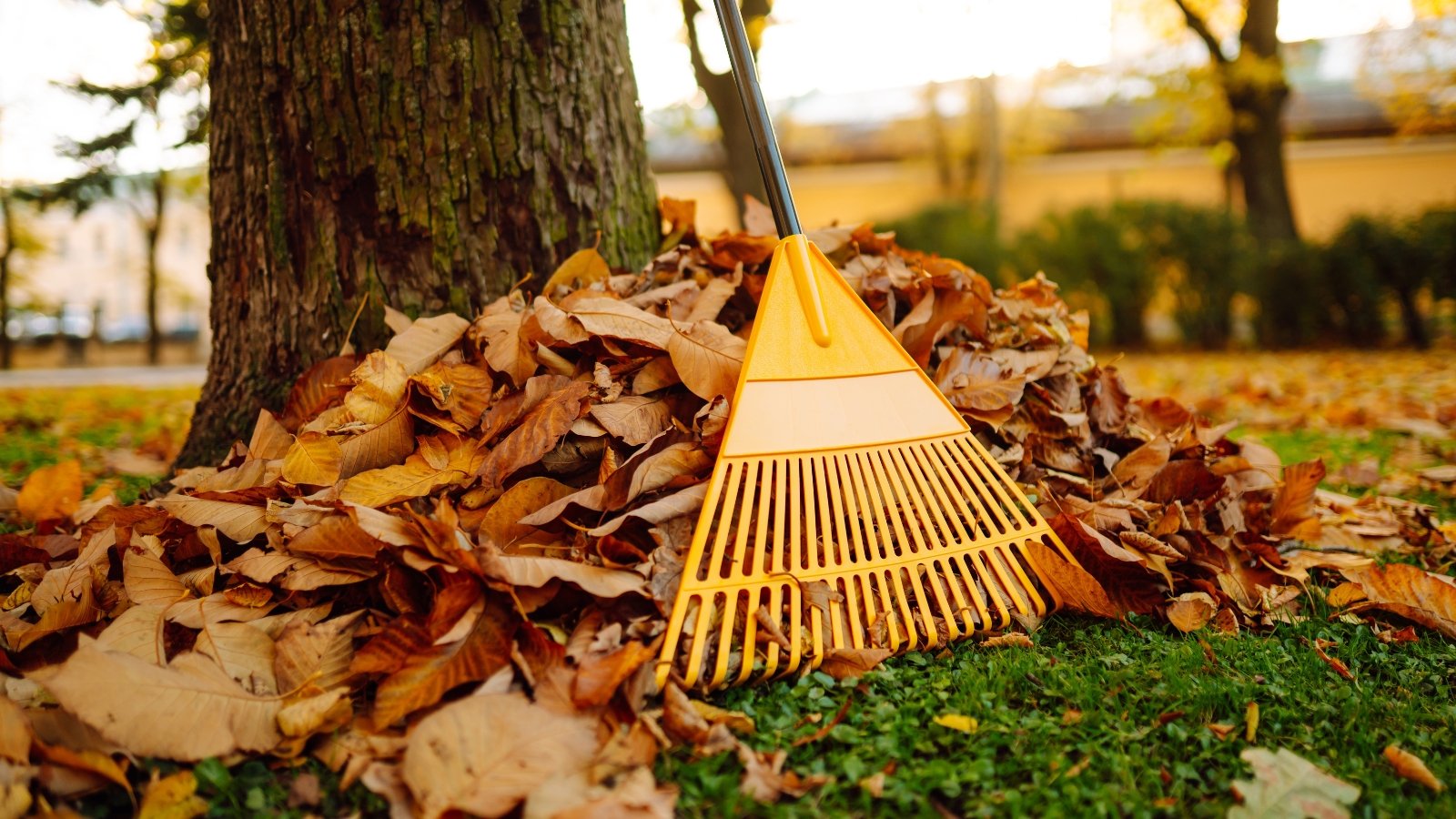
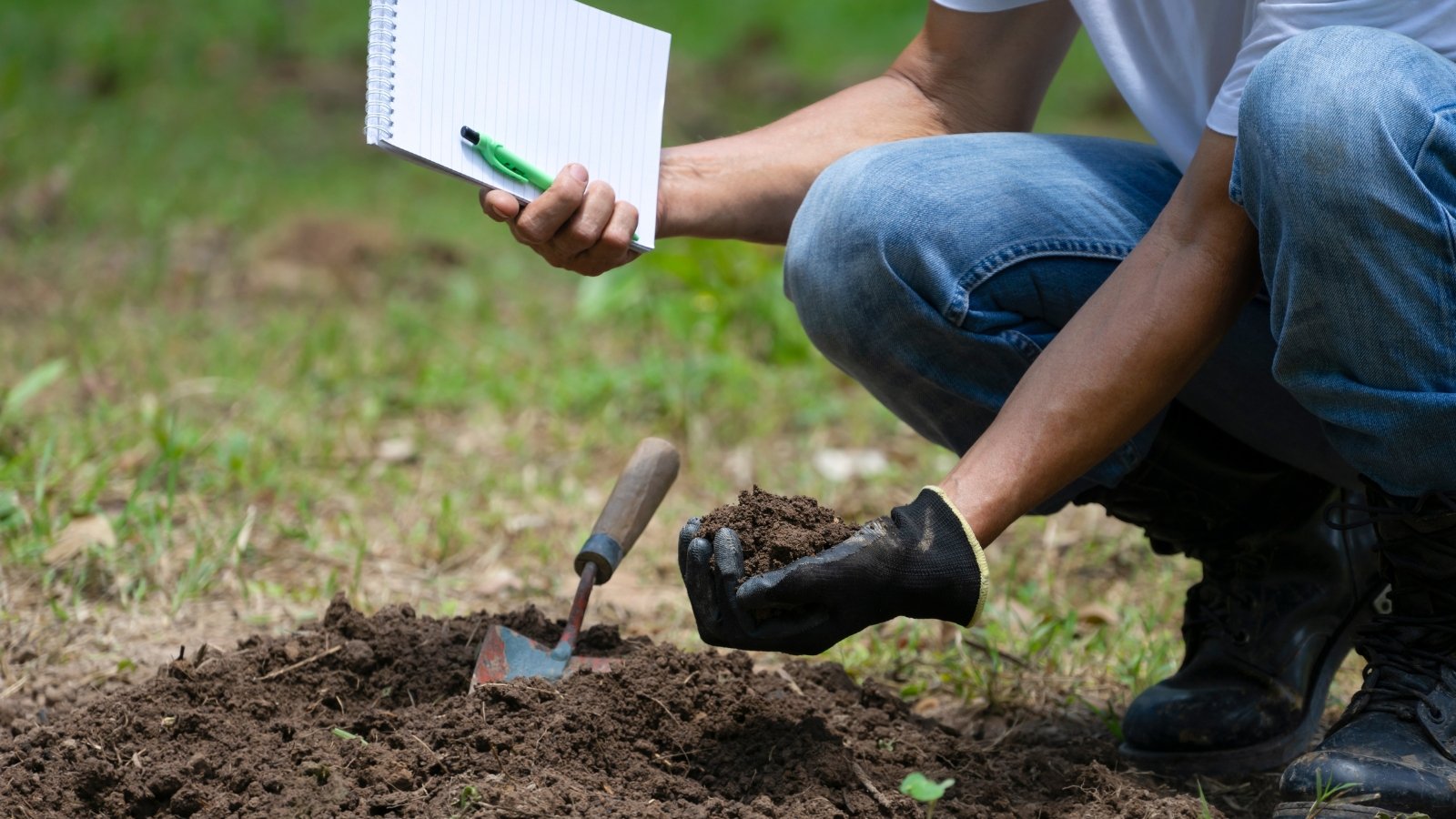
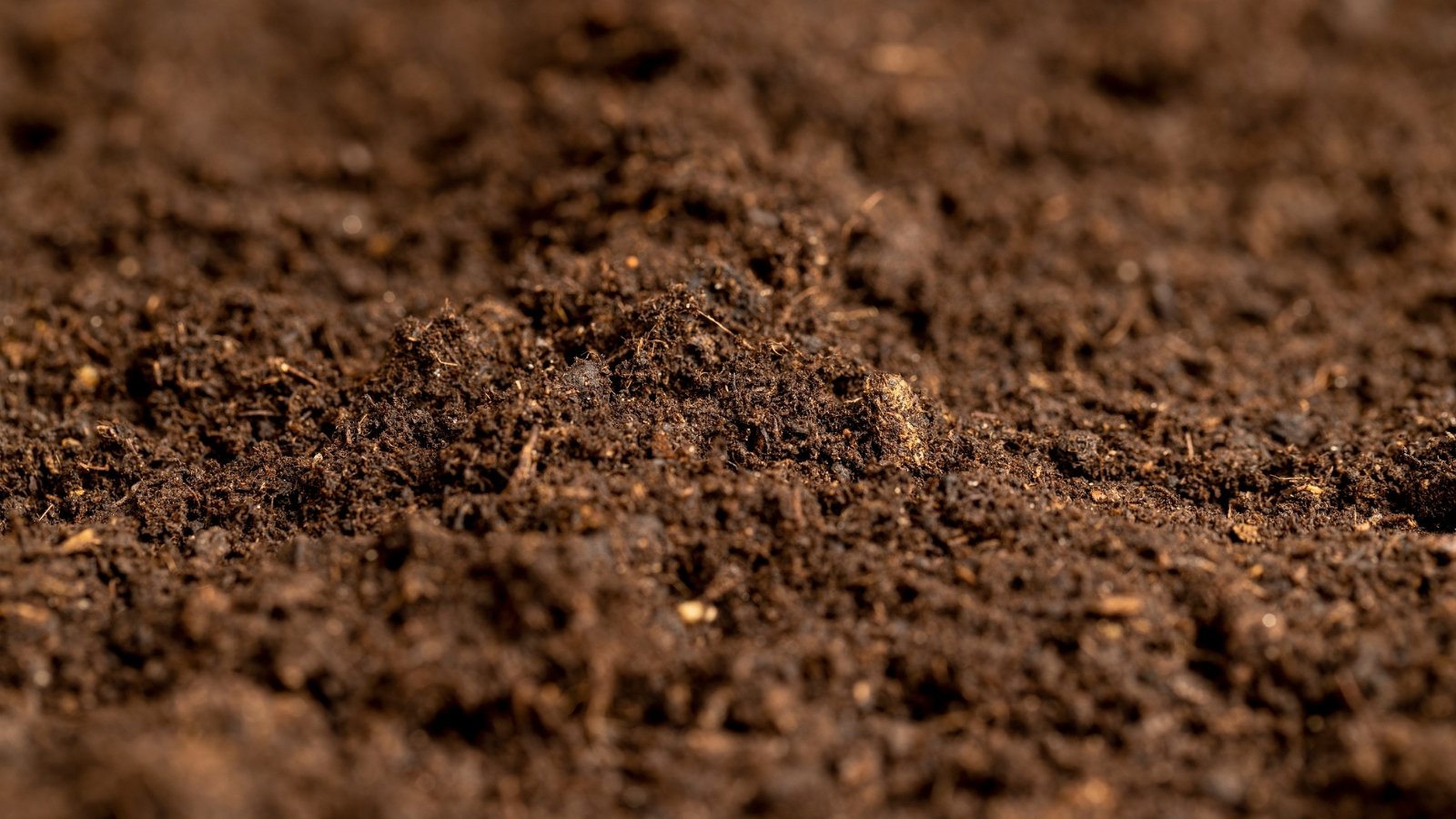

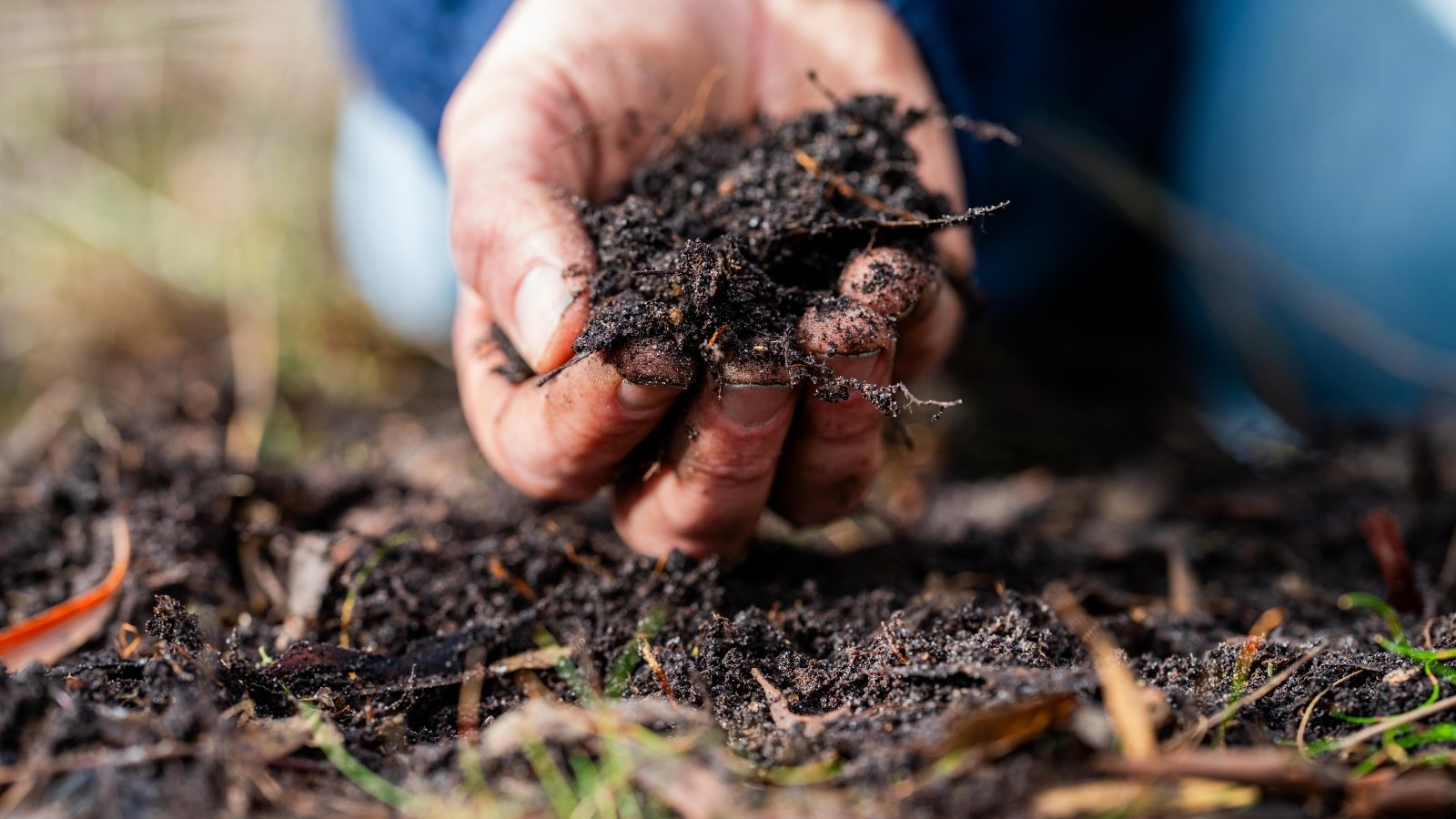
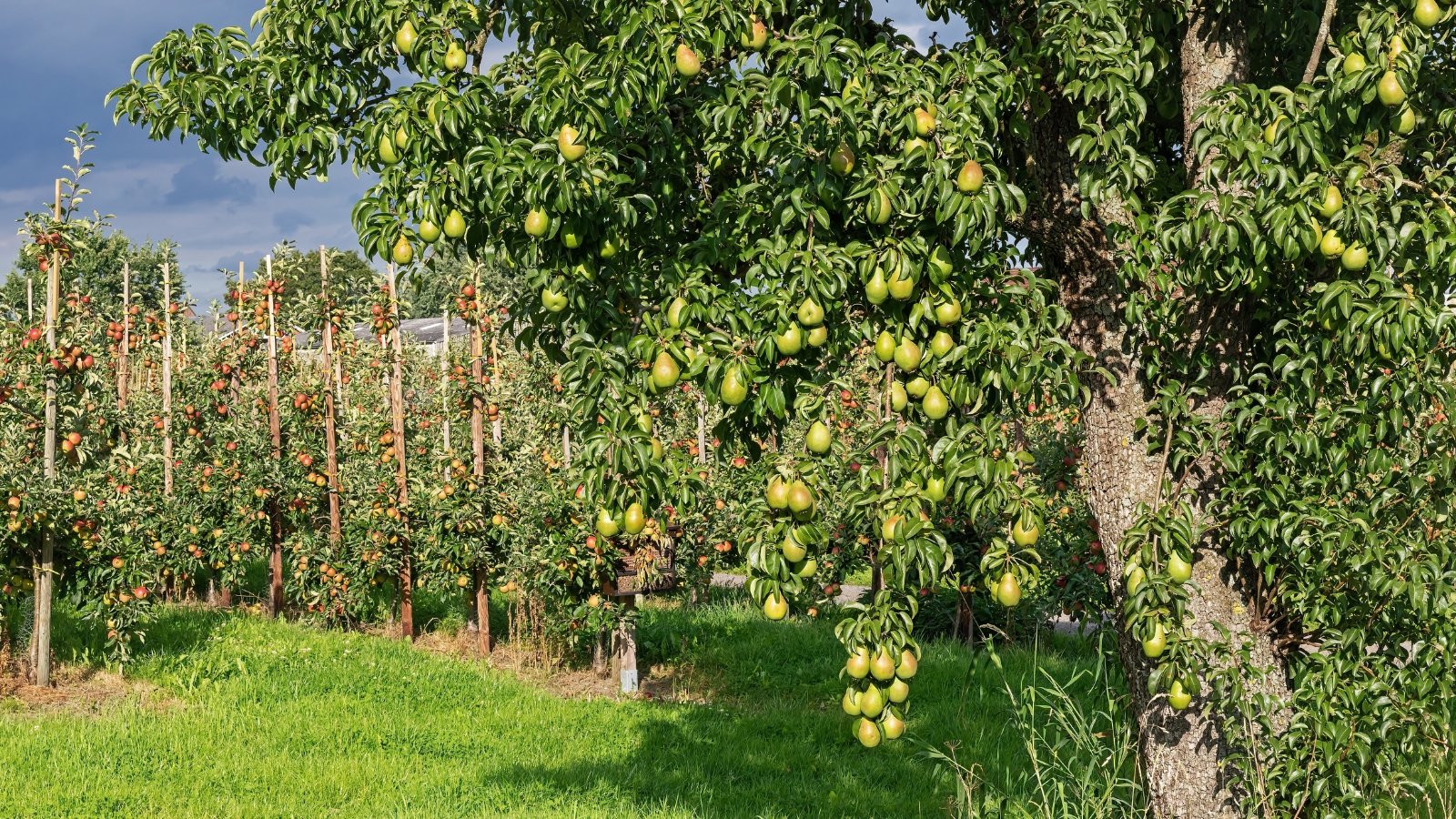
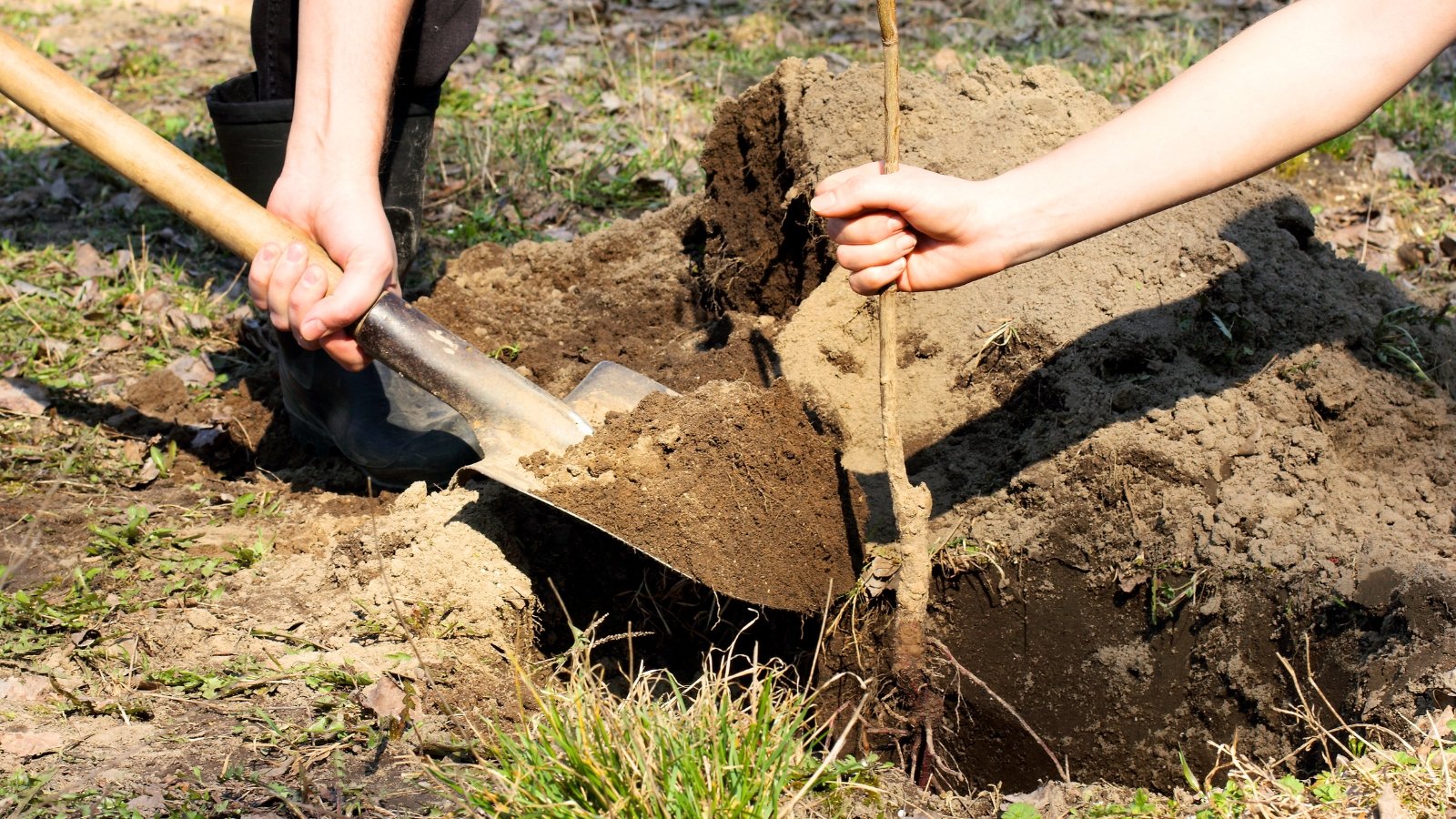
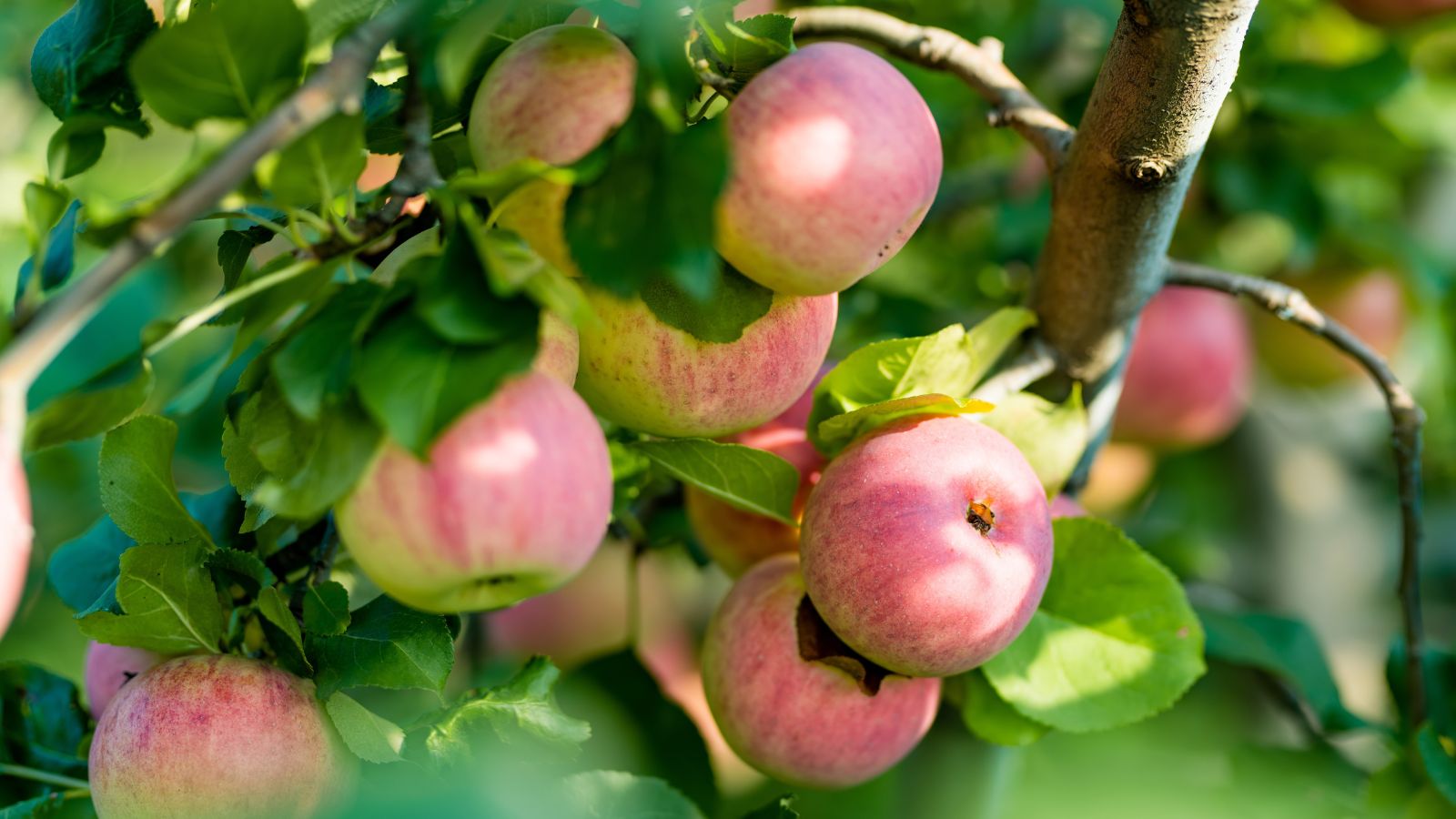
CuriousCat99
The section about using fall leaves as a natural mulch is quite insightful. It’s fascinating how nature’s own processes can create a self-sustaining ecosystem in our backyards without the need for synthetic materials.